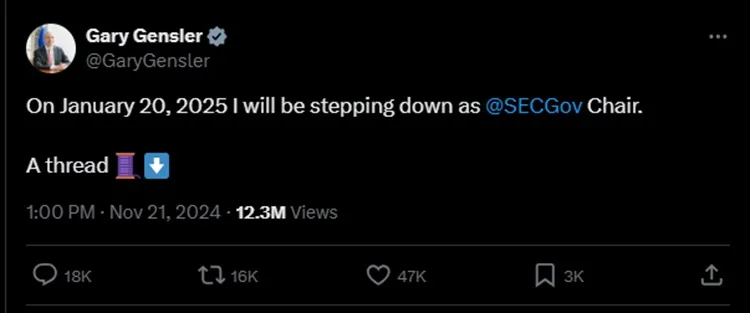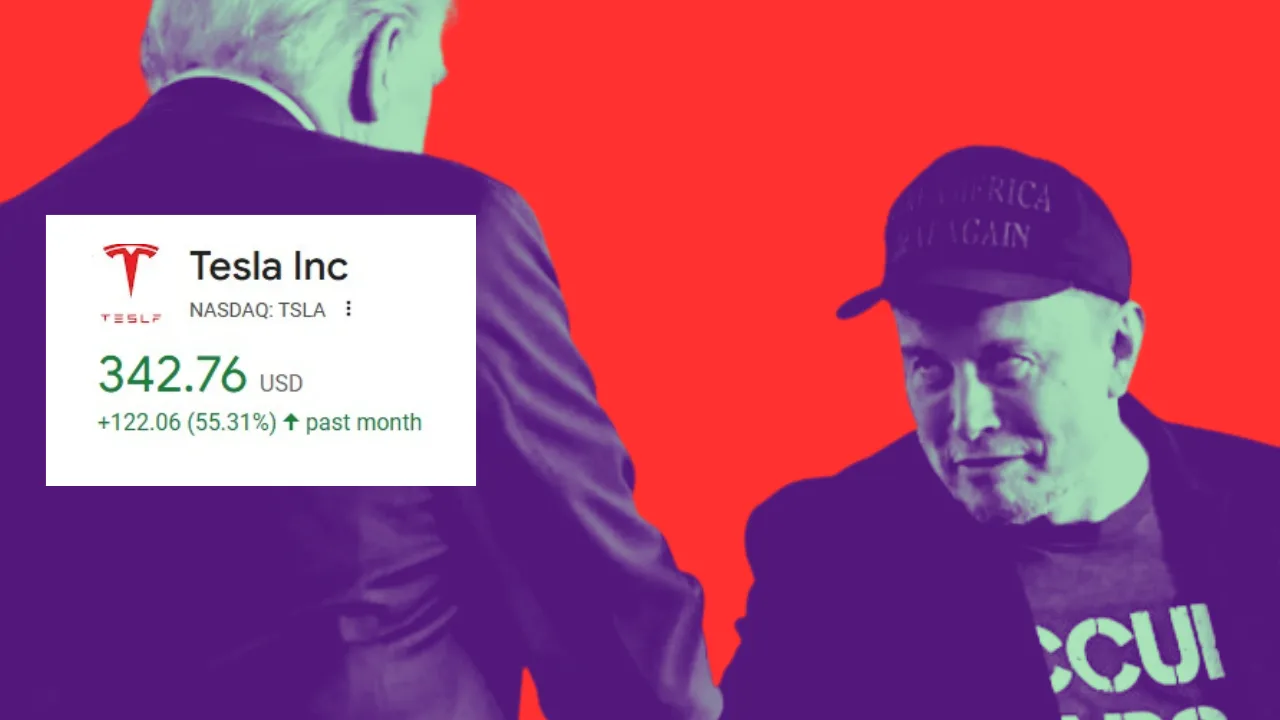Many people have the impression that we have been transported back to the 1980s. During that decade, high inflation led to an extreme tightening of monetary policy, which was carried out with gusto by Paul Volcker, who was serving as chairman of the Federal Reserve at the time. This was detrimental to the health of “savings and loans” banks (s&ls), also known as “thrifts,” which were consumer-savings institutions that primarily lent money for long-term mortgages at a fixed interest rate. They were limited in the interest rate that they could pay out on deposits, which prompted them to flee. In addition to this, they held assets with a fixed rate. The increase in interest rates caused these mortgages to lose a significant amount of value, which had the effect of virtually erasing the net worth of the thrift industry.
This dynamic will sound familiar to anyone who has followed the story of Silicon Valley Bank (svb), where a rate shock slashed the value of the bank’s fixed-rate assets, causing deposit flight and ultimately leading to the failure of the financial institution. The events that took place over the past few weeks have raised the question of whether or not we are at the beginning of a lengthy and drawn-out process, similar to what occurred in the 1980s. The response is dependent on the degree to which the issues with svb can be found in other places.
Begin with the value of the assets held by the various financial institutions. Data on the losses that banks experience on fixed-rate assets, such as bond portfolios, is regularly published by these institutions. If these assets had to be liquidated tomorrow the industry would lose nearly a third of its capital base. Concerningly, one in ten institutions appears to have a worse capitalization situation than svb does.
Having said that, that is a significant “if.” As long as there are still depositors around, such paper losses will continue to be hypothetical. Itamar Drechsler of the University of Pennsylvania and his co-authors recently published a paper in which they made the observation that bank deposits, which have the tendency to be stable and unaffected by changes in interest rates, are a natural hedge for the type of long-term, fixed-rate lending that banks prefer. According to the thesis presented in the paper, “banks closely match the interest-rate sensitivities of their interest income and expense,” which results in remarkable consistency in the net interest margin. This helps to explain why the price of bank shares does not plummet to an all-time low every time rates are increased but instead falls at the same rate as the overall market.
The Dow Jones Industrial Average gained over 200 points as investors bet that the Federal Reserve will soon stop raising interest rates.
Following a drop of 500 points in the Dow Jones Industrial Average, the stock market made a strong comeback on Thursday as investors wagered that the Federal Reserve was finished raising interest rates.
The Dow Jones Industrial Average rose by 225 points, which is equivalent to a 0.7% increase. Both the S&P 500 and the Nasdaq Composite posted gains of 0.9% and 1.2%, respectively.
Stocks fell as a result of a decision made by the Federal Reserve and subsequent remarks made by Chair Jerome Powell after the conclusion of a two-day meeting held by policymakers on Wednesday.
As was widely anticipated, the central bank increased interest rates by 25 basis points. By removing the phrase “ongoing increases” from its statement, the Federal Reserve gave the impression that its campaign of monetary tightening in an effort to combat inflation may be drawing to a close. Despite the fact that Powell stated that “rate cuts are not in our base case” for the remainder of 2023, market participants have already priced in the expectation that the central bank will lower interest rates this year.
Given the current situation in the banking sector, as well as other economic data that highlights the fact that it’s not just a problem on Wall Street that’s weighing on the markets, the Federal Reserve has to really thread the needle carefully in order to achieve its goals.






